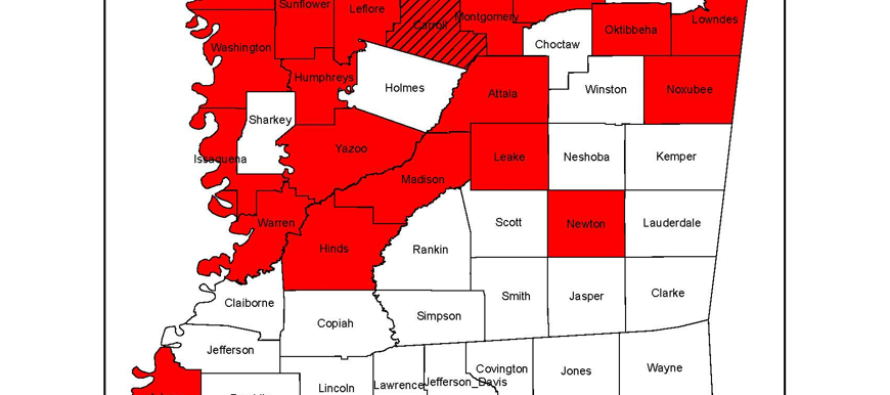Management Practices to Reduce the Development of Fungicide Resistance in Soybean: Part III, Strobilurin-Resistant Frogeye Leaf Spot in Mississippi

By: Tom Allen, Jeff Standish, Maria Tomaso-Peterson, Sead Sabanadzovic, and Nina Aboughanem-Sabanadzovic
During the 2012 season, several frogeye leaf spot infected leaf samples were sent to the University of Illinois for fungicide resistance screening. In all, 15 infected leaf samples were submitted to Dr. Carl Bradley’s laboratory for analysis. The results from many of the leaf samples submitted were returned as still being sensitive to the strobilurin fungicides. However, two field samples, one each from Carroll and Coahoma counties were determined to be resistant to the strobilurin fungicides.
In 2013 the Mississippi Soybean Promotion Board funded a research project to determine how widespread strobilurin fungicide resistance was in MS. A graduate student, Mr. Jeff Standish was added to work on the presence of strobilurin resistant fungi within the MS soybean production system. More than 100 frogeye leaf spot isolates were collected during the 2013 season from 49 soybean producing counties in MS (see https://www.mississippi-crops.com/2014/04/01/management-practices-to-reduce-the-development-of-fungicide-resistance-in-soybean-part-ii-choosing-fungicide-products-and-rates/ for a map of the counties sampled). To date, a little more than half of the samples have been analyzed to determine their specific sensitivity to strobilurin fungicides.
Following the laboratory analysis conducted in Starkville, MS, frogeye leaf spot isolates originating from 34 counties have been determined to be resistant to the strobilurin class of fungicides based on a point mutation that leads to an amino acid substitution that confers resistance to the class of fungicides (QoIresistant_counties_6-24_update).
So what does this mean?
-Likely not ALL fields in the affected counties contain strobilurin resistant isolates of the frogeye leaf spot fungus. The future analysis will give us a better picture of some counties, but it is difficult to collect 100 samples from a single county for example.
-Stand-alone strobilurin fungicides applied to frogeye susceptible soybean varieties will not provide effective management of the fungus if frogeye leaf spot occurs during 2014.
-In situations where stand-alone strobilurin fungicides are applied for the R3/R4 timed fungicide application the normal 3+ bushel/A response may not occur on frogeye leaf spot susceptible varieties.
-Choosing a frogeye leaf spot resistant soybean variety will reduce the likelihood of yield loss in fields where the disease has been a historical issue. -For additional information regarding fungicides, and their specific activity on fungal diseases and improving disease management practices refer to:
https://www.mississippi-crops.com/2013/03/19/the-fungicides/
During the 2014 season, additional frogeye leaf spot infected leaf material will be collected where the disease is recognized. Further laboratory analysis will be conducted of the remaining samples and updates will be made to the Mississippi Crop Situation Blog.





Let me tell You a sad story ! There are no comments yet, but You can be first one to comment this article.
Write a comment